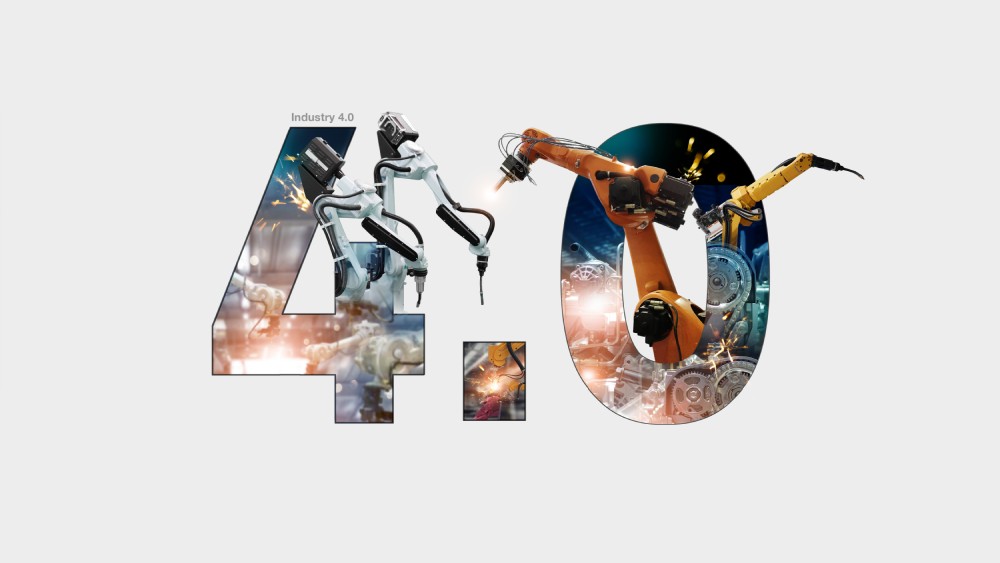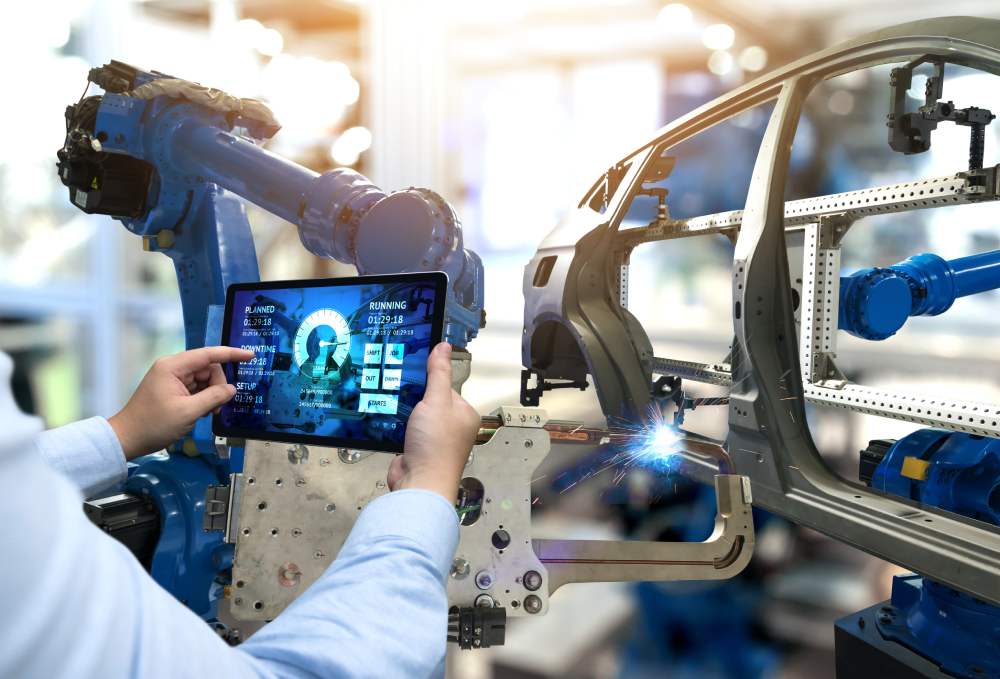Evolution of Smart Manufacturing

This article explores the evolution of smart manufacturing from basic automation to advanced interconnected systems, highlighting the pivotal role of digital transformation and its future implications. It underscores the fact that although challenges exist, embracing smart manufacturing is crucial for competitiveness.
The industrial landscape is undergoing a seismic shift with the advent of smart manufacturing. Digital transformation, driven by the integration of the Internet of Things (IoT), Artificial Intelligence (AI), and Machine Learning, is revolutionizing how manufacturers operate. These advanced technologies enable real-time monitoring, predictive maintenance, and seamless production processes, drastically reducing downtime and operational costs.
Dawn of digital transformation
Digital transformation in manufacturing refers to the adoption of digital technologies to enhance productivity, efficiency, and flexibility in production processes. This journey began with the automation of individual tasks and has evolved into a comprehensive approach that integrates various technologies across the entire manufacturing value chain.
In the early stages, automation technologies such as Computer Numerical Control (CNC) machines and Programmable Logic Controllers (PLCs) were game changers. They replaced manual processes, improving precision and consistency. However, these technologies operated in silos, limiting their overall impact on the production ecosystem.
Predictive maintenance: A game changer
Predictive maintenance is a cornerstone of smart manufacturing, transforming how maintenance activities are planned and executed. Traditionally, maintenance was either reactive, occurring after a breakdown, or preventive, based on scheduled intervals. Both approaches have significant drawbacks. Reactive maintenance leads to unexpected downtime and high repair costs, while preventive maintenance can result in unnecessary servicing and parts replacement.
With predictive maintenance, manufacturers can use data analytics to forecast when a machine is likely to fail and schedule maintenance accordingly. AI algorithms analyze historical and real-time data to identify patterns that precede equipment failures. This proactive approach minimizes unplanned downtime, extends the lifespan of machinery, and reduces maintenance costs.
Role of newer technologies in manufacturing
 |
The Manufacturing sector in India is poised to drive significant economic growth, bolstered by strategic industries such as Automotive, Engineering, Chemicals, Pharmaceuticals, and Consumer Durables. Pre-pandemic, manufacturing accounted for about 16 percent of India’s GDP and is projected to be one of the fastest-growing sectors. India aims to become a major global manufacturing hub, targeting goods exports worth US$1 trillion by 2030. |
| Looking ahead, the future of smart manufacturing promises even greater advancements. The convergence of 5G technology, augmented reality (AR), and blockchain will further enhance connectivity, traceability, and transparency in manufacturing processes. |
AI and machine learning are the driving forces behind the intelligence in smart manufacturing. These technologies enable advanced data analysis, automation of complex tasks, and the creation of self-optimizing systems. Machine learning algorithms can analyze vast amounts of data to uncover insights that would be impossible for humans to detect.
One application of AI in manufacturing is quality control. Traditionally, quality inspections are performed manually or with basic automated systems that can only detect obvious defects. AI-powered vision systems, however, can analyze products in real time, identifying even the slightest deviations from quality standards. These systems learn from historical data to continuously improve their accuracy, ensuring that only the highest quality products leave the production line.
Moreover, AI is key to optimizing supply chain operations. By analyzing data from various sources, including suppliers, production schedules, and market demand, AI algorithms can forecast demand more accurately and optimize inventory levels. This reduces the risk of stockouts and overproduction, leading to cost savings and improved customer satisfaction.
Challenges and future directions
While the benefits of smart manufacturing are clear, the transition is not without challenges. Integrating new technologies into existing systems can be complex and costly. There is also a need for skilled personnel who can manage and interpret the data generated by these technologies.
Cybersecurity is another critical concern. With increased connectivity comes the risk of cyber attacks. Manufacturers must invest in robust security measures to protect their data and systems from potential threats.
Looking ahead, the future of smart manufacturing promises even greater advancements. The convergence of 5G technology, augmented reality (AR), and blockchain will further enhance connectivity, traceability, and transparency in manufacturing processes. 5G will provide the high-speed, low-latency communication needed for real-time data processing, while AR can assist in training and maintenance activities. Blockchain will ensure secure and transparent supply chain transactions.
As technology continues to advance, smart manufacturing will become even more intelligent and interconnected, paving the way for a future where factories are not just automated, but truly autonomous and self-optimizing. Embracing these technologies is essential for manufacturers to remain competitive and meet the ever-evolving demands of the global market.
 |
SUBASH RAMDOSS ME and Machine Building Division Elgi Equipments Ltd |



 Facebook
Facebook.png) Twitter
Twitter Linkedin
Linkedin Subscribe
Subscribe